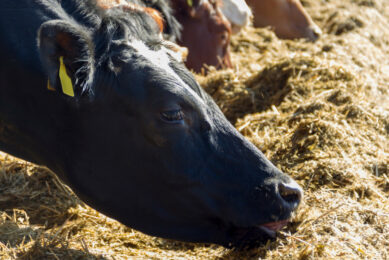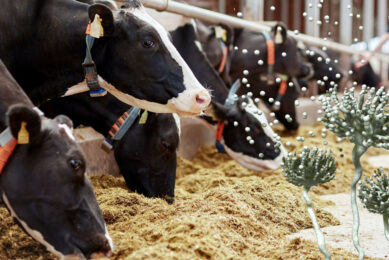Natural feed additive from willow leaves reduces livestock emissions

Could willow leaves be the future of greener cattle farming? New research shows this ancient remedy could slash nitrogen emissions by up to 81%. The findings open up natural, farm-ready alternatives to reduce livestock’s climate impact.
Natural additive slashes nitrogen emissions
Researchers say willow leaves have the potential to drastically reduce ammonia and nitrous oxide emissions from cattle farming.
The study, published in the journal Agriculture, Ecosystems and Environment, shows that the natural feed additive could make pasture farming more environmentally friendly.
Willow leaves offer feed breakthrough
The collaborative project, involving the Research Institute of Farm Animal Biology (FBN in Dummerstorf and the Universities of Rostock, Munich and Vienna, demonstrated that certain ingredients in willow leaves can significantly reduce climate-damaging nitrogen emissions from cattle urine by up to 81%.
Uncontrolled pasture emissions a problem
Ammonia and nitrous oxide are among the main gaseous nitrogen compounds released in large quantities by agriculture, with around threequarters of emissions attributable to the sector.
The issue is especially problematic for nitrous oxides which have about 300 times more impact on the climate than CO2, and remain in the atmosphere for about 150 years. A significant proportion of these emissions are produced directly on pasture – through the urine of ruminants such as cattle, sheep and goats. These emissions have been difficult to control, as classic technical or chemical measures such as inhibitors are not applicable.
Ancient medicine – Modern climate tool
Project director Dr Bjorn Kuhla said: “If we want to preserve pasture farming as an animal-friendly and sustainable form of livestock farm, we must also get a grip on its environmental impact.”
So, inspired by earlier findings on the effect of plant ingredients on the metabolism, Kuhl and colleagues investigated whether the salicin contained in willow leaves – a plant precursor molecule of salicylic acid – could have an influence on nitrogen conversion in the animal body.
The experiment showed that feeding cattle willow leaves containing salicylate dramatically reduces the formation of ammonia and nitrous oxide derived from urine excretions.
Compared to the control group, 14% less ammonia and 81% less nitrous oxide were measured over 48 hours on a standard floor. The effects are not only due to the salicylic acid but presumably also to other bioactive compounds in the willow leaves.
Willows have traditionally been used as medicinal and fodder plants in North America and New Zealand. In Germany, they have so far been used as energy crops or in agroforestry systems. But the fact that their foliage could be so effective against nitrogen loss opens new perspectives on sustainable animal nutrition.
“Willow foliage is a locally available, renewable raw material that is particularly suitable as a natural feed supplement for pasture farming – where other solutions fail,” said Kuhla.
Next steps: From pasture to practice
Further field studies are needed to confirm the positive effects. Factors such as feed intake, soil type, climate and microbial activity are crucial and possible effects on nitrate formation in the soil are also currently being investigated.
In parallel, the FBN scientists are researching other deciduous species such as poplar, which have similar properties to willow and also contain large amounts of salicylates.
In the long term, the researchers see opportunities in silvopastoral systems where willows could serve as a source of feed directly on the pasture, improve the microclimate and help to naturally reduce emissions. The use of willow leaf extracts as an additive in stable manure or slurry is also currently being tested.











